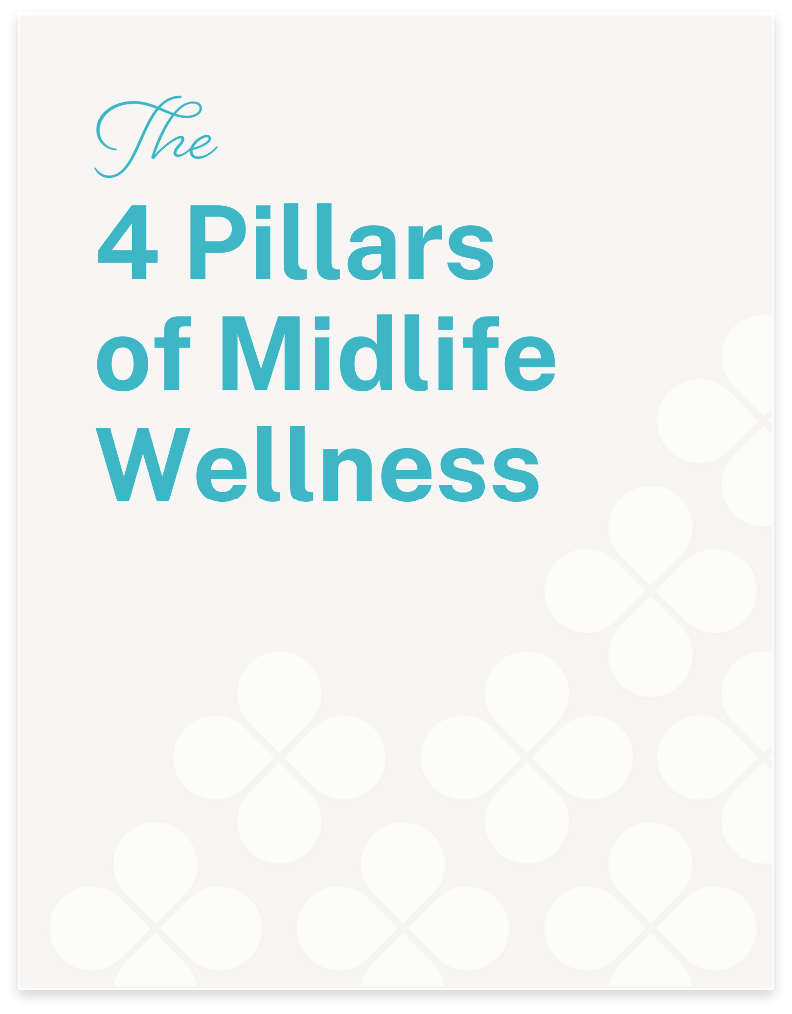Which is Best for Weight Loss – Exercise or Nutrition?

We are bombarded by media messages that convince us the way to the “perfect” body is just a little more effort. Captions like “Remember the girl who gave up? No one else does either…”; or that Jillian Michaels has the formula to help you “lose up to 20 pounds in 20 days!” Perhaps you’ve seen the “It’s no longer about ‘skinny’ it’s about ‘healthy'” message tagged next to the half naked, ultra-thin model in the picture.
Sadly, I see way too many people give up on their best efforts at eating well and regular, enjoyable activity because they are disappointed in their results – whether they are not losing weight fast enough, they’re not “lean enough”, or they just don’t look like they should.
Let’s be honest. If your wellness goals are more about “skinny” vs “healthy”, you may either be disappointed (at the very least) or potentially trigger a cycle of disordered eating or worse, a pathological eating disorder. It’s disheartening to me when individuals become so overly focused with “how they look” that they miss out on the significant benefits of other “non-scale” victories, including improvements in energy and creativity, along with benefits related cognitive, heart, bone, and overall physical and psychological well-being. Carmen Fiuza-Luces, et al. describes the tremendous drug-free, low cost benefits of exercise on preventing disease in their article, Exercise is the Real Polypill.
On the other hand, two studies provide examples of where more exercise isn’t necessarily better, especially related to weight loss.
A 2012 study by Rosenkilde, et al. in the American Journal of Physiology demonstrated similar amounts of fat loss in response to whether participants expended 300 kcal/day or 600 kcal/day. The high volume group ate more and were less active the rest of the day, while the moderate dose group ate the same and were energized to do more activity the rest of the day.
Another study, funded by the American Cancer Society, sought out to define how much exercise is necessary for postmenopausal women to lose body fat. Researchers recruited 400 inactive women who participated in either 300 minutes per week or 150 minutes of moderate to vigorous activity for one year. Participants were instructed to maintain their same caloric intake. Women ranged in age from 50 to 74 years old and lost an average of nearly 4 pounds (in the moderate volume group) to 5 1/2 pounds (in the high volume group). As hopeful as that may sound at first, this study is a great example of the disappointment many women may feel when they’ve exercised intensely for 300 minutes per week – only to lose five pounds in a year’s time. We don’t know much about their food intake. There’s a chance these postmenopausal women increased their intake in response to the additional activity.
So what is the “ideal” nutrition and exercise prescription for achieving your health goals? I’ve heard many times, it’s: “80% nutrition and 20% exercise”. What do you think? Of course, we all have our own personal experiences that affect our response, but it’s likely that the proper amount of nutrition and exercise varies from person to person – what your health and wellness goals are; and, what your expectations are.
So, let’s take a look at some common goals or objectives people have.
The objective: Weight loss
What’s best? Initially, nutrition makes the biggest impact on achieving your goal. Specifically, research indicates that individuals who need to lose weight and body fat are most successful by attempting to alter the energy balance equation by decreasing energy (food) intake. However, exercise is essential for keeping the weight off. For this reason, an individual who is inactive when they begin a weight loss program needs to also include some form of activity. Starting off slowly enables them to work up to an intensity that will keep the weight off, prevent burnout and injury; and, help prevent muscle loss to keep their metabolism up.
The objective: Prevent type 2 diabetes
What’s best? Exercise can make the biggest impact in your defense against this disease. Yes, diet is also important in prevention and managing diabetes, but active muscle tissue is like a “sponge” in being able to absorb sugar (glucose) from the blood stream using a mechanism totally separate from insulin. When you are active, your cells also become more sensitive to insulin so it can work more efficiently.
The objective: Stabilize mood, relieve stress and boost energy
What’s best? Exercise is the magic bullet! The reason why is that exercise triggers the release of powerful brain chemicals, such as dopamine and norepinephrine, that are important in helping us feel good and have more energy. Exercise (any movement) can also lead to changes in the brain that help with resilience and managing stress. Nutrition is important in supplying the fuel needed to make these neurotransmitters, but just as you can improve your blood chemistry with a single meal, you can also boost energy, mental focus and mood with a single workout. As a result, exercise may be as effective as medication for treating depression in some people.
The objective: Improve sports performance
What’s best? Nutrition can have a significant impact for athletes who are looking to improve their performance and reduce injury rates. However, it’s important to remember that the best athlete is well-trained, genetically gifted AND well-fueled. Fueling with the appropriate nutrients at the right time in their training regimen can make a big difference in helping an athlete achieve their goals with speed and performance; muscle growth and repair; and, recovery time.
The objective: Reduce risk of chronic disease, i.e. heart disease, cancer, osteoporosis, obesity
What’s best? Both diet and exercise are important components of prevention and treatment strategies. Prevention of weight gain is critical because overweight and obesity are difficult to treat and are conditions that directly affect many other chronic diseases. Additionally, diet (specifically the quality of food intake) and exercise also play non-weight-related roles in many chronic diseases. For example, omega-3 fatty acids from fish are shown to have a direct affect on lowering your risk of heart disease. A diet that includes a high intake of plant-based foods along with consistent exercise remains the recommendation for decreasing your risk of cancer.
Clearly, your nutrition intake (quantity and quality) along with regular activity will have a significant impact on helping you achieve your health goals. The goal of a body builder is different than that of an endurance athlete, stressed out middle-aged man, or a woman trying to manage symptoms of menopause. Diet plays a significant role in each of these examples, but hopefully you can see why it’s misleading to simplify movement and activity to “20%” of the equation.

With nearly two decades of experience as a registered dietitian, I’ve gained a deep understanding of the unique health challenges faced by women as they age, particularly during menopause. I hope to help you embrace midlife with confidence and vitality, and to show you that with the right mindset and approach, aging can be a time of great empowerment and joy.

Ready to prioritize your midlife health and wellness? The Four Pillars of Midlife Wellness will provide you with a fresh perspective on food, nutrition, health, and your body, enabling you to embrace your full potential and cultivate a robust sense of well-being throughout midlife and beyond!

